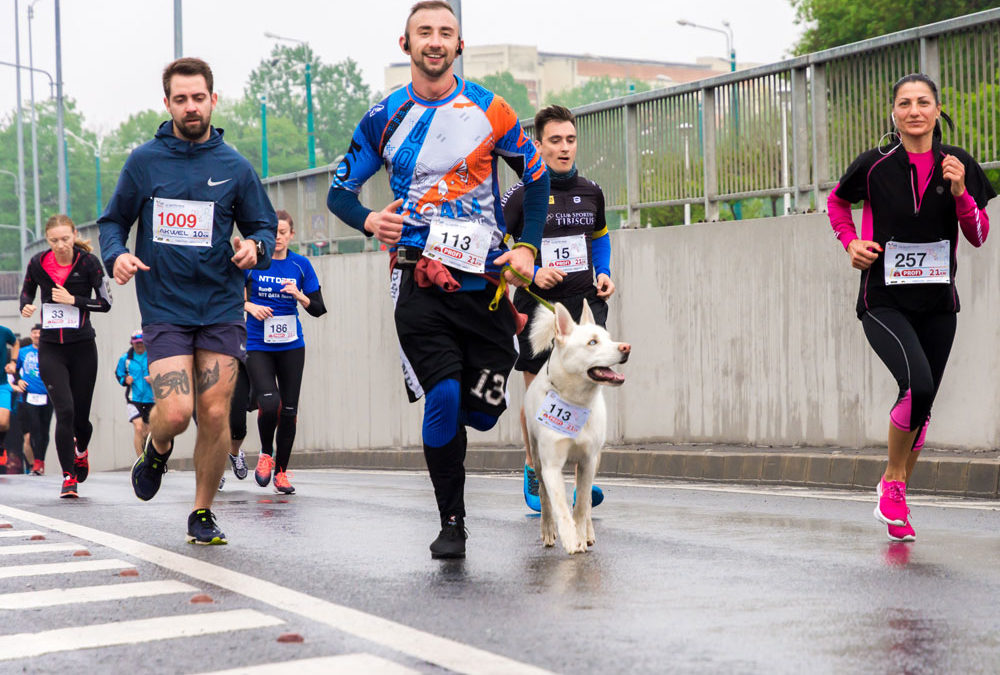When training for an endurance race like a half, full, or ultramarathon many factors come into play. These different factors help determine whether you are physically ready to run the race. Executing them properly will help you finish and PR!
Here are a few tips to make the most out of your training so you can PR your next endurance event:
Nutrition
Training for a long distance running event, like a marathon, takes a lot of discipline. When it comes to nutritious consumption, there are some main nutritious foods you should be consuming during your training:
Protein: Lean cut meats and seafood help keep a runner’s increased protein needs satisfied. This added protein helps repair the damaged muscles that are a result of a runner’s training.
Dairy: While dairy products do produce added calcium to help build stronger bones, they also contain added protein that is needed along with the lean cut meats and seafood. Dairy products also contain vitamins and minerals that will produce the energy runners need during training as well as helping runners recover.
Fruits and Vegetables: While these may be obvious foods to consume, many people lack the amount of fruits and vegetables they really need each day. Runners training for long distance events should consume at least 8 servings of both fruits and vegetables daily. A wide variety of fruits and vegetables consumed will help reduce the inflammation that can occur during heavy training for a long distance race.
Passive Recovery
What is passive recovery? After a hard workout, passive recovery is recovering without doing any other exercise. Passive recovery is resting your body so that it can recover without any added stress.
Stretching
After an intense run, stretching is essential to avoiding injury. Always focus your stretching on your major muscle groups such as your quads, hamstrings, calves, and hips, as well as focusing on muscles that may be bothering you after a run.
Ice Bath
To prevent soreness and further injury after a run you should stretch. After that stretch an ice bath will soothe your muscles and will reduce the breakdown of muscle tissues. Although it may be uncomfortable at first, in the long run, ice baths will reduce inflammation and can also flush out harmful metabolic debris out of your muscles.
Take a nap
After a long run your body will usually begin to feel sluggish. Why not listen to it? Taking a nap will help your body receive the rest it needs as well as allowing it to recover in the simplest way possible, sleeping.
Massages
Massages improve the effectiveness of your circulatory system. This system is responsible for benefits such as oxygen transfer and nutrient delivery which are vital to a runner’s success. The circulatory system delivers blood enriched with oxygen and nutrients, like glucose and electrolytes, to muscle tissue.
Chiropractic
Chiropractic care during a runner’s training has many benefits that all runners should take advantage of. By increasing your flexibility and making sure previous injuries are not continuing to be a problem. Chiropractic exercises will help a runner become more flexible which will prevent more injuries. Also under chiropractic care, runners can be observed if there is an injury that is relative to a previous one. A realigning will take place and it will result in a faster recovery time and can prevent further injuries.
Dry Needling & Acupuncture
When training for a long distance race injuries can sometimes occur, as well as muscle and joint pain. Dry needling and acupuncture are both great ways to relax your muscles and joints, and to get you on the road to a fast recovery. Although dry needling and acupuncture both involve inserting thin needles into trigger points of the muscle, dry needling is a simpler form of acupuncture that treats injuries based on anatomic science rather than Ancient Chinese practices like acupuncture.
Active Recovery
Corrective Exercises
During your training you should always make sure you are using the correct posture and form when running to prevent stress on muscles and joints as well as serious injuries. By taking advantage of FMS screenings your weak points can be revealed based on past injuries. Without a screening, injury prevention can very difficult; especially when trying to pinpoint where the injury may occur.
Recovery Run
Recovery Runs are just that, recovery runs. After an intense hard run, recovery runs are usually a good idea. By running hard more than three days a week, recovery runs should be scheduled in order for your body to repair the muscles that were damaged during your hard runs. Recovery is essential for long-lasting results.
Mobility
When you are working through runner training, mobility exercises are exercises that reestablish your functional range of motion. After a hard training session that can cause injury, mobility exercises will help you recover quickly and will help return your range of motion in that area.
Coaching/Strategy
Training Plan
During your training for a long distance event you should always have a plan to help you achieve your goals. You should plan out the distances you will run each day leading up to your event as well as the foods you will be eating to maintain a safe nutrition level. Without this planning and training a long distance event such as a marathon or half marathon the goal will be too great to achieve.
Race and Nutrition Strategy
During a long distance race, runners must have a nutrition strategy along with their race strategy and training plan. Staying hydrated and putting the right amount of calories into your system is essential to maintaining a safe nutrition level during an endurance event such as a long distance race. Sticking to foods that are low in fiber and high in refined carbohydrates are most effective and should be in your diet before a long distance event.


Recent Comments